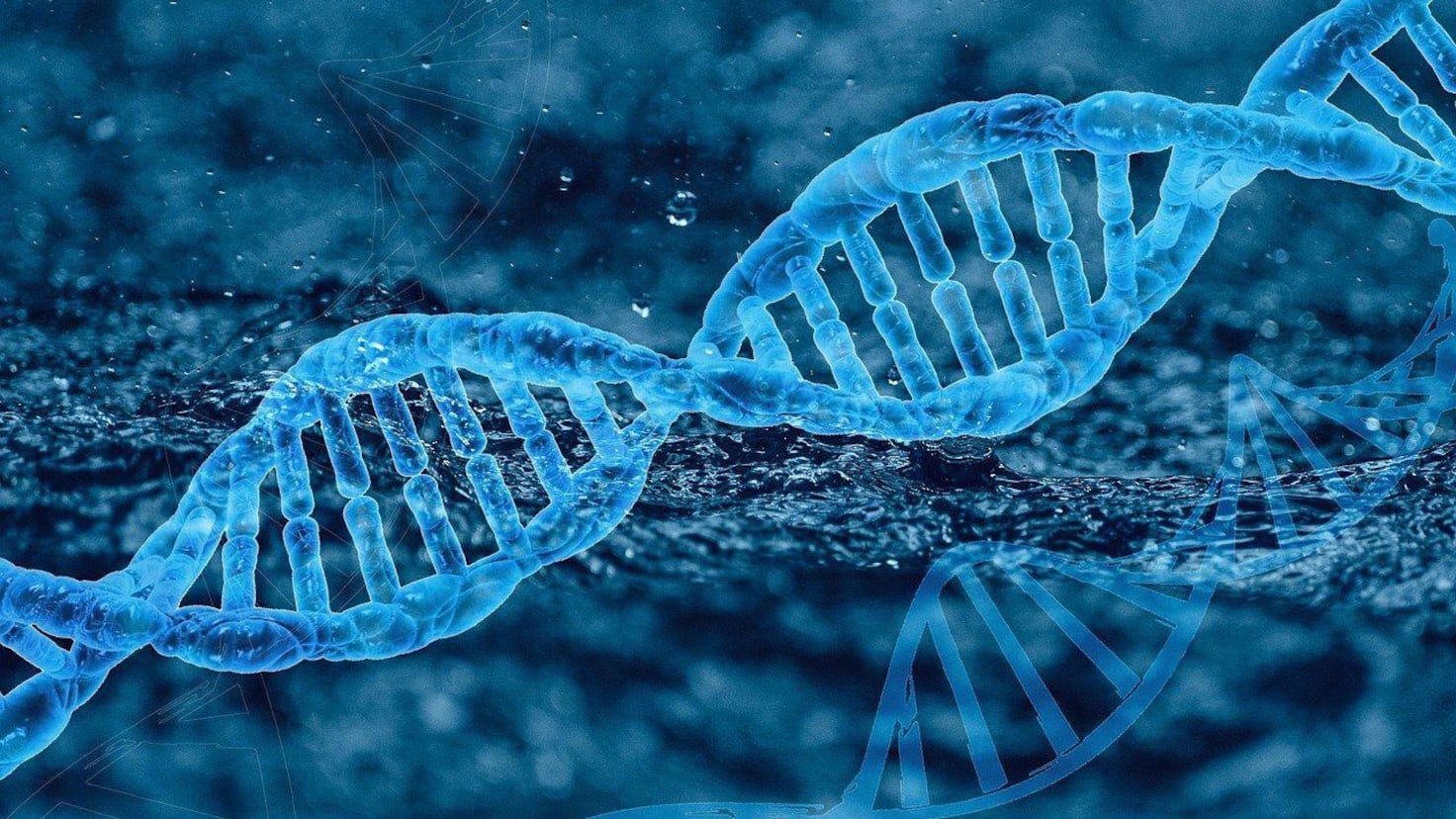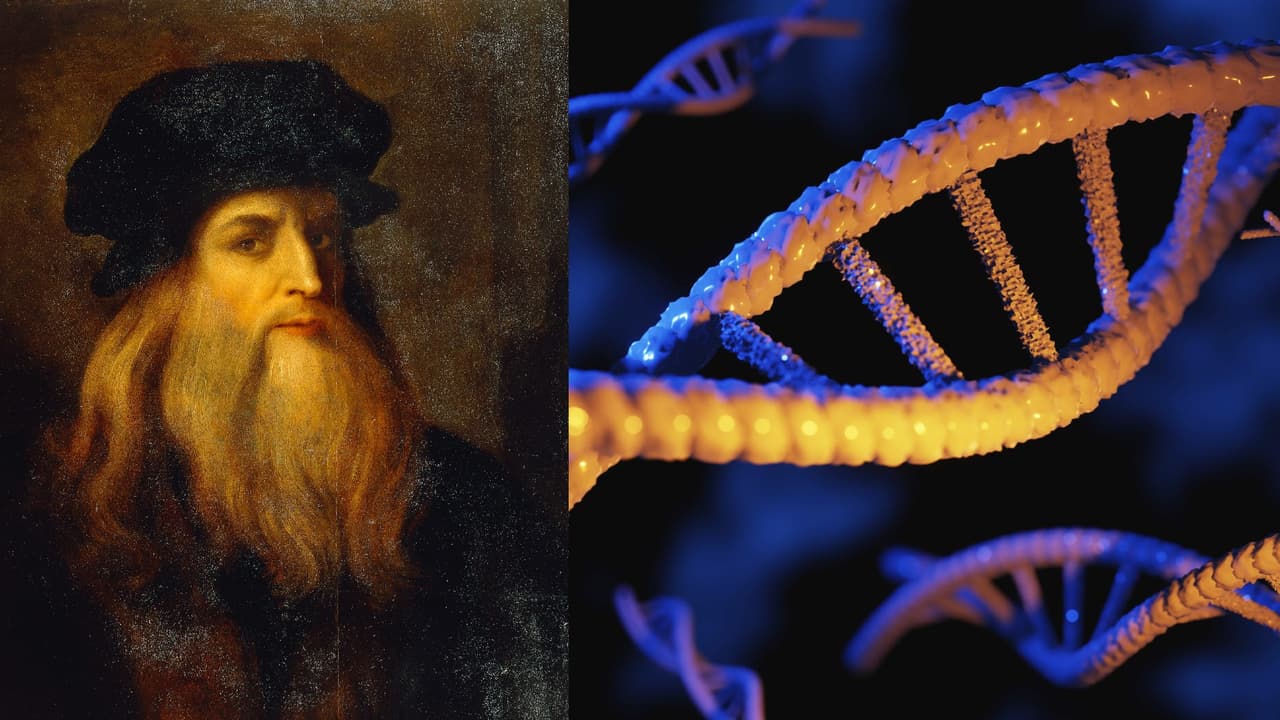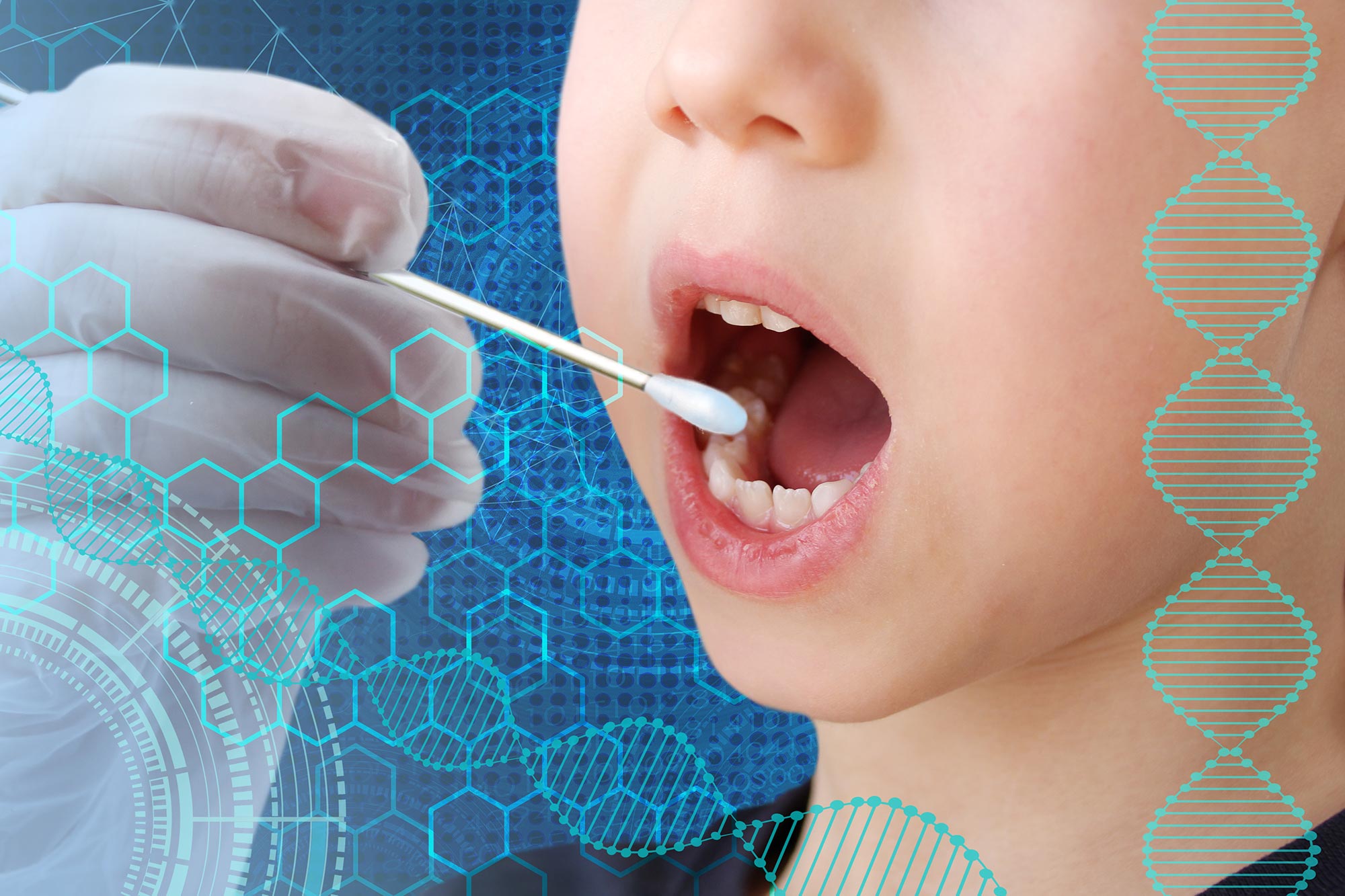Groundbreaking Study Reveals Environmental Factors Can Influence Mammalian Sex Determination

In a stunning revelation, scientists have demonstrated for the first time that external factors can influence the sex a mammal is born with, regardless of its genetic makeup. This groundbreaking study challenges long-held beliefs about mammalian development, indicating that environmental influences are more significant than previously understood.
The research team, led by biologist Makoto Tachibana from Osaka University in Japan, discovered that male embryos can develop ovaries instead of testes if the mother suffers from iron deficiency during pregnancy. This finding highlights the role that environmental and metabolic conditions can play in influencing critical developmental decisions, which were long thought to be strictly dictated by genetics.
Traditionally, it has been established that while some species exhibit sex determination influenced by factors like temperature or social hierarchy, mammals were considered to be exempt from such influences. The new findings, however, suggest a surprising vulnerability to external nutritional factors, particularly iron.
At the moment of conception, all humans possess the potential to be either male or female. It is only after approximately six weeks of gestation, following the fertilization of the egg by the sperm, that genetic information begins to dictate the development of sexual organs. Genetic females, who carry two X chromosomes, will typically initiate the process of developing ovaries, while genetic males, possessing one X and one Y chromosome, begin to form testes.
In Tachibana's research, the team identified that a lack of iron during gestation can deactivate the Sry gene, which is essential for male sexual differentiation. This gene, located on the Y chromosome, has been recognized for nearly four decades as the key component in directing the development of testes. Without its activation, genetically male embryos can instead start forming ovaries, a rare occurrence linked to specific genetic conditions.
During their experiments, the researchers reduced iron concentration by 60% at the cellular level in male mice. This manipulation resulted in the deactivation of the testicular gene, leading to a complete sex reversal in 6 out of 39 genetically XY offspring. This remarkable outcome demonstrates just how powerful environmental factors can be in shaping biological development.
Moreover, the implications of this research are significant, raising questions about the potential impact of iron deficiency in humans. While iron deficiency is a well-known health risk that can lead to anemia in both mothers and babies, the study found that extremely low iron levels can disrupt the functioning of the enzyme KDM3A. This enzyme plays a critical role in the sexual determination process by regulating the activation of the Sry gene.
The genetically male mice subjected to the study appeared healthy after eight weeks, but the researchers could not determine whether these mice could reproduce. Notably, when similar processes occur in humans, they often result in infertility due to the disruption of normal reproductive development.
When asked if such a phenomenon could occur in humans, Tachibana expressed uncertainty, stating, “At this point, we don’t know if a similar process could occur in humans.” He added that achieving low levels of iron naturally would be a challenging endeavor, though he acknowledged the need for further investigation into this critical question.
This study adds a new dimension to our understanding of mammalian biology and opens up numerous avenues for research into the effects of environmental factors on sex determination. The implications could extend beyond theoretical knowledge and into practical realms, influencing maternal nutrition guidelines and prenatal care practices.
For further insights into this topic and similar stories, consider downloading our app, which offers live coverage, expert analyses, breaking news, and exclusive videos—all tailored for your interests. Stay informed about the latest in current affairs, health, and scientific breakthroughs directly from your device.





























